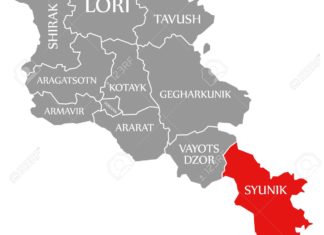Until September 21, 1991, the last Armenian independent state was in Cilicia, which fell victim to the Mamelukes in 1375. Its ruler, King Leo VI, was taken as a captive to Egypt. Ever since then, Armenians had been seeking to re-establish a sovereign homeland, with many leaders advancing the idea of Armenian liberation.
Israel Ori (1675-1711) was one of those extraordinary leaders with military, diplomatic and business skills who knocked on the doors of European powers and Russian czars, giving his life on the road towards his dream.
Joseph Emin was another statesman (1726-1809) who pursued that dream. They were followed by the founders of the political parties, beginning in 1885, when the first organized political party was founded in Van, inspired by the ideas of Mugurdich Terlemezian, a freedom fighter, Khrimian Hayrik, a writer and religious leader and Mugurdich Portukalian, an intellectual and journalist. But the dream remained elusive.
Armenians lived under foreign domination for almost six centuries. They never gave up on the hope or struggle.
In the meantime, they developed the power of self-preservation in their genes to challenge the forces of adversity, alienation and assimilation. Otherwise, how can one explain the phenomenon that a people living for centuries under foreign domination continued to preserve their language and religious faith against all odds?
Armenians were always comfortable with the idea of independence as long as it remained an abstract idea. They would cherish it, shape it along their desires and pursue it relentlessly. But they did not know how to cope with independence once it became a reality.








